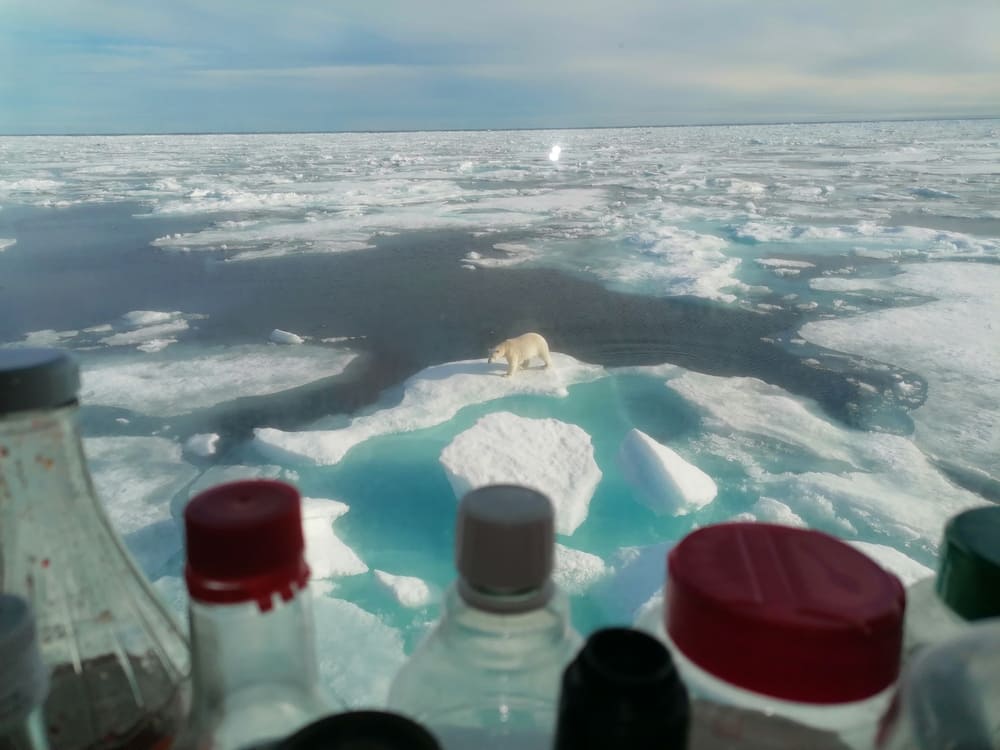When you sign up for our Grand South Atlantic Cruise, you know you’re in for something extraordinary. Five weeks at sea, no stops to restock, and a route that takes you from Ushuaia to Cape Verde, with landings in South Georgia, Tristan da Cunha, and Saint Helena. It’s a feat of endurance, logistics, and remote exploration. And yet, amid the penguins, albatrosses, and roaring Southern Ocean swells, one question always comes up: “how do you feed everyone for 34 days straight?”
Table of Contents
Twenty Thousand Eggs On the Seas
Let’s do the math. On the 2025 departure of our Grand South Atlantic Cruise, we have 192 people aboard – 122 passengers and 70 crew and expedition staff – having three meals a day for 34 days. This means we’re preparing close to 18,000 meals across the voyage. All without a single restock. “This is the longest passenger cruise in the world without any ressuply”, Chef Ralf Barthel says. While there are longest cruises out there, they stop regularly in different port towns and restock. Not ours: it’s not like we can get anything in South Georgia.
Behind the scenes, it’s a masterpiece of planning and coordination. Containers of food are shipped to Ushuaia down from Holland and Argentina, packed with everything from flour and rice to cheese and fresh produce. Every item has to be carefully slotted, secured, and accounted for. In total, we’re carrying 15 tons of food, though the ship could take up to 45 tons if needed. That is sufficient to feed us for 60 days, in case we’d get stranded somewhere.
But it’s not just about logistics. It’s about comfort, community, and finding joy in the middle of the South Atlantic.
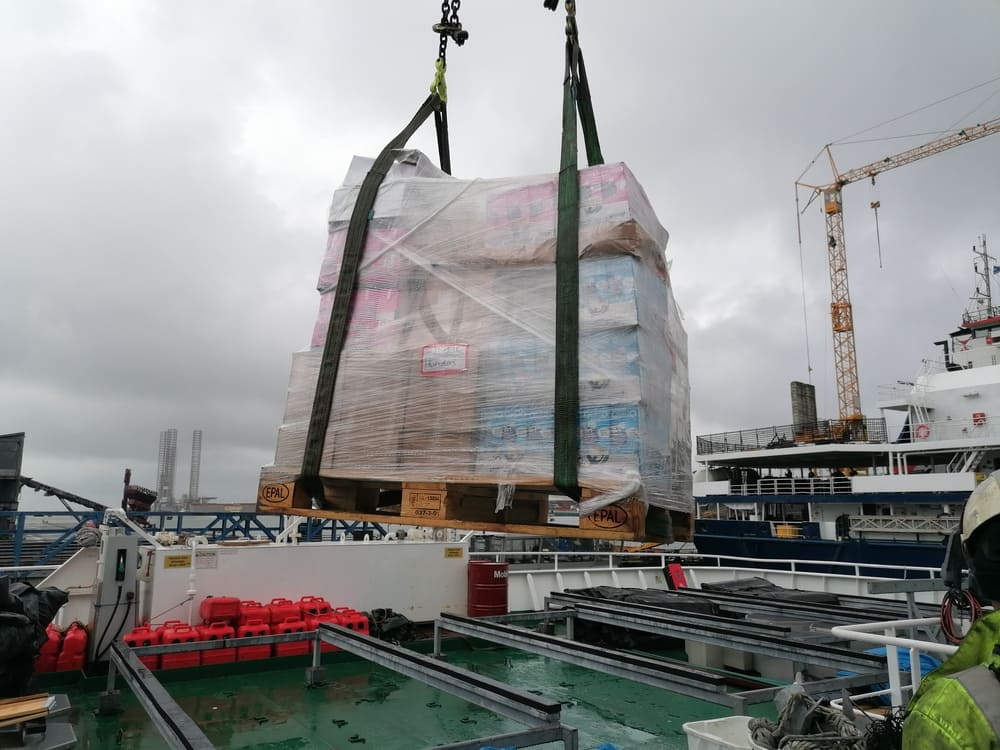
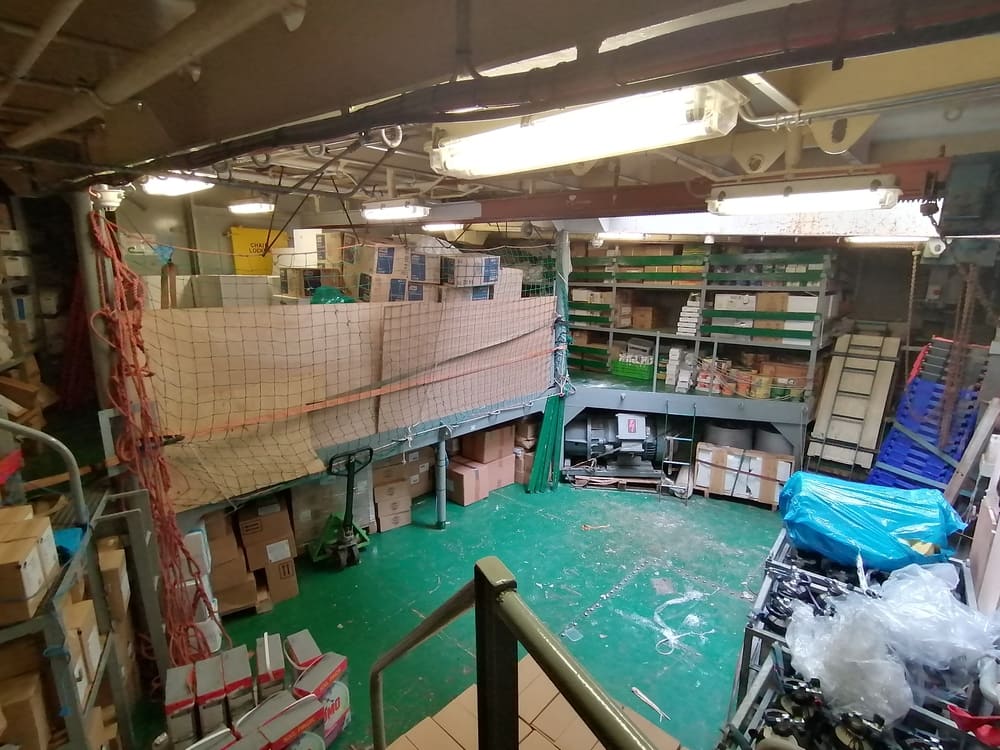
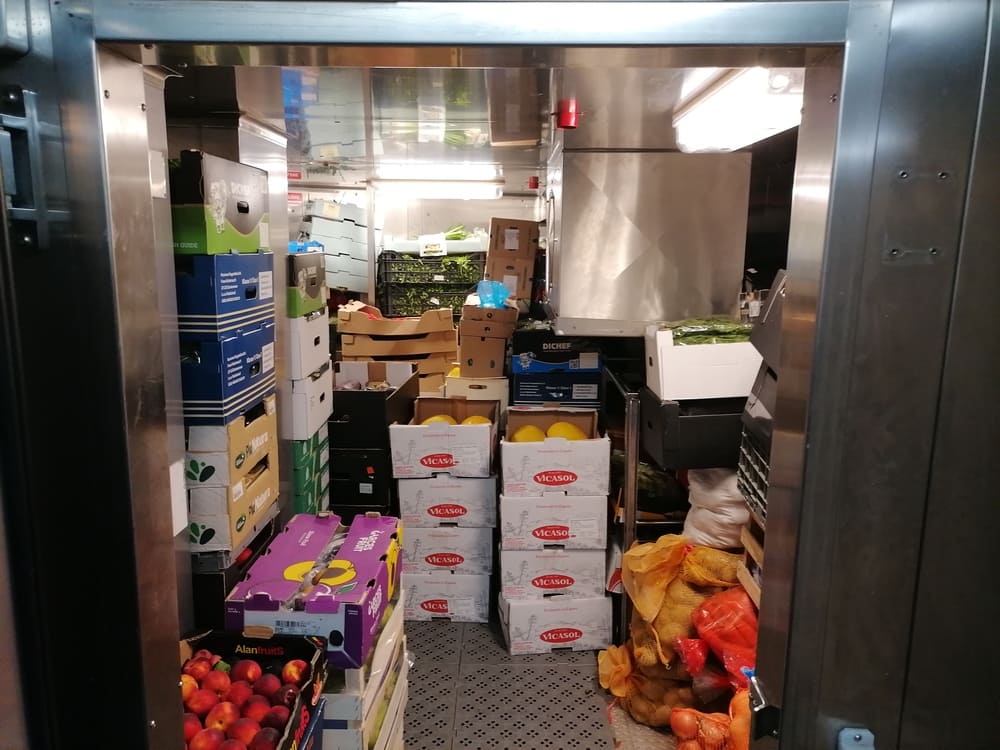
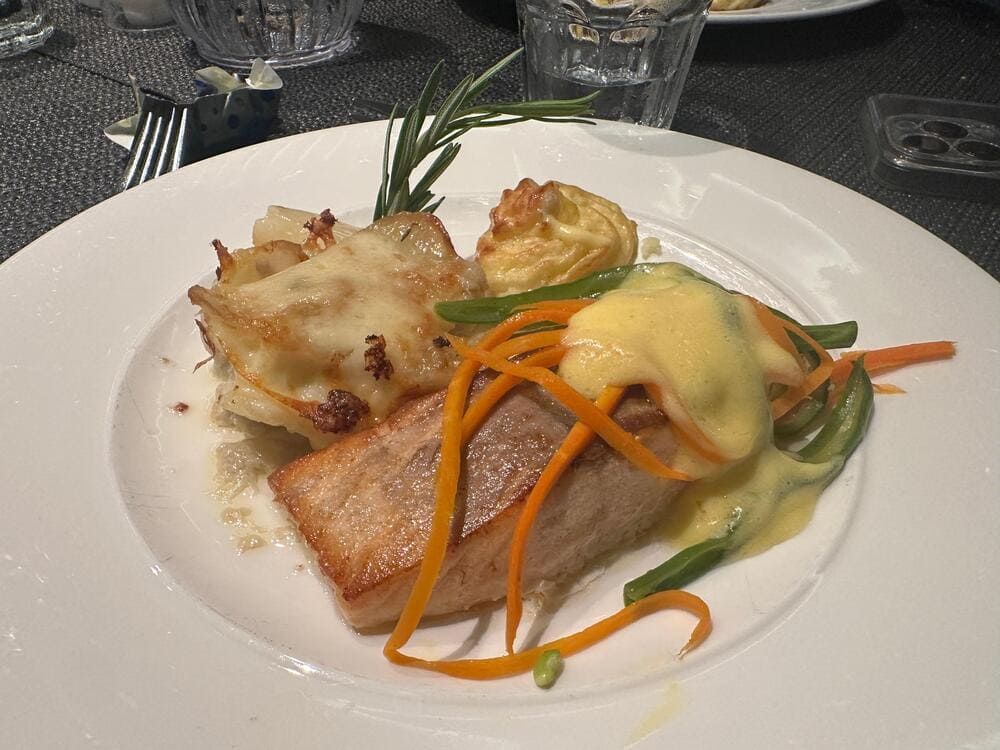
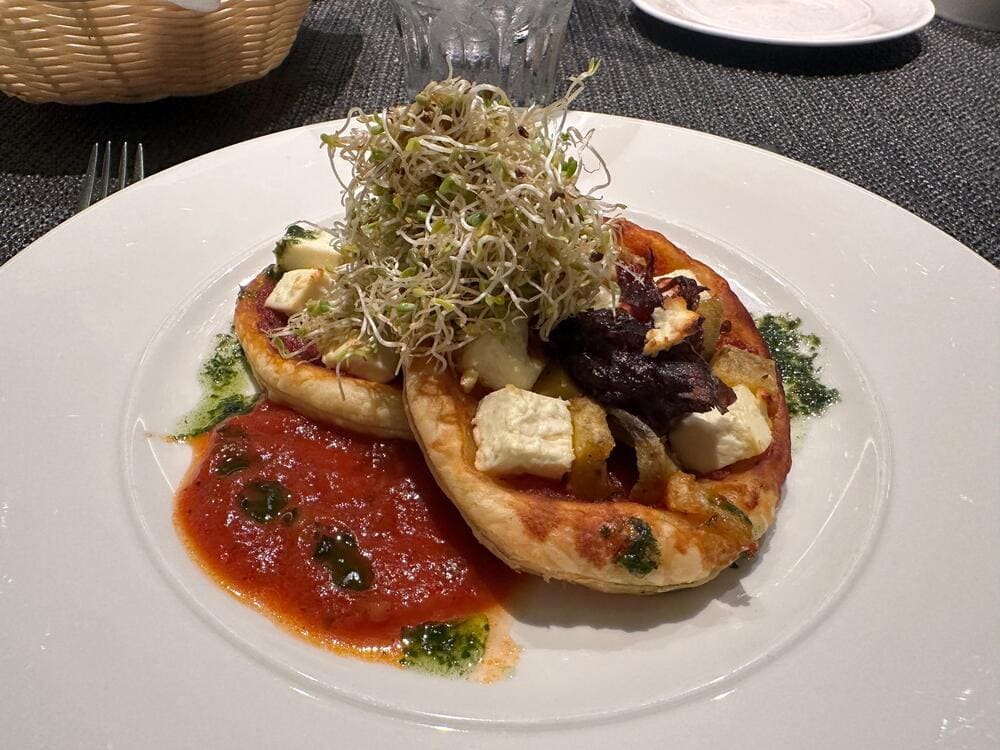
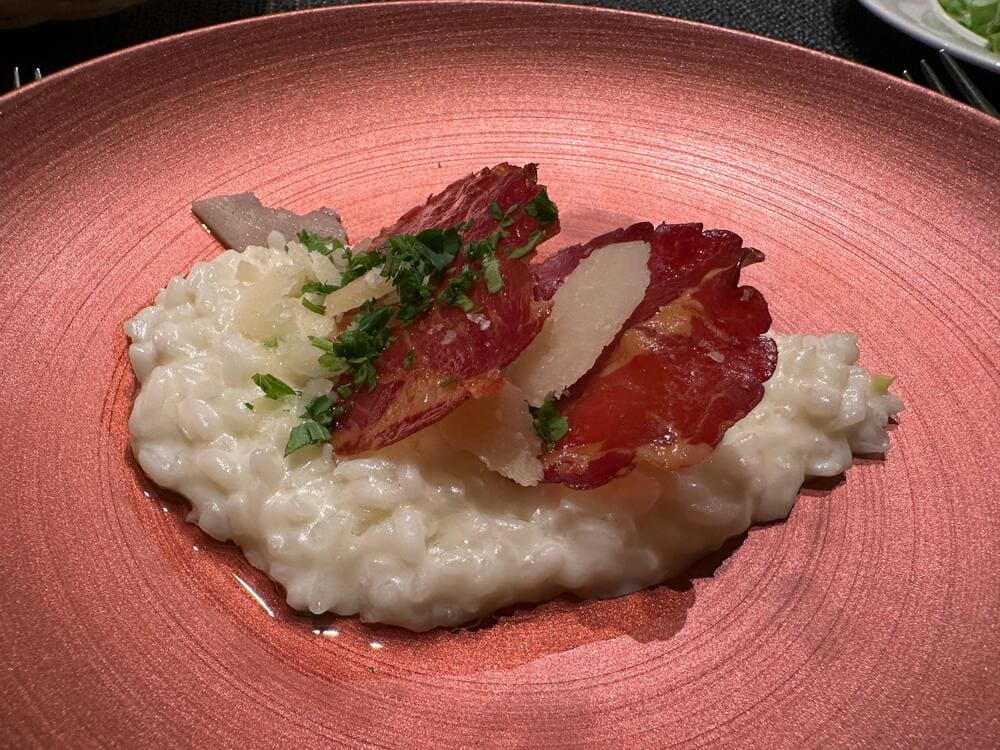
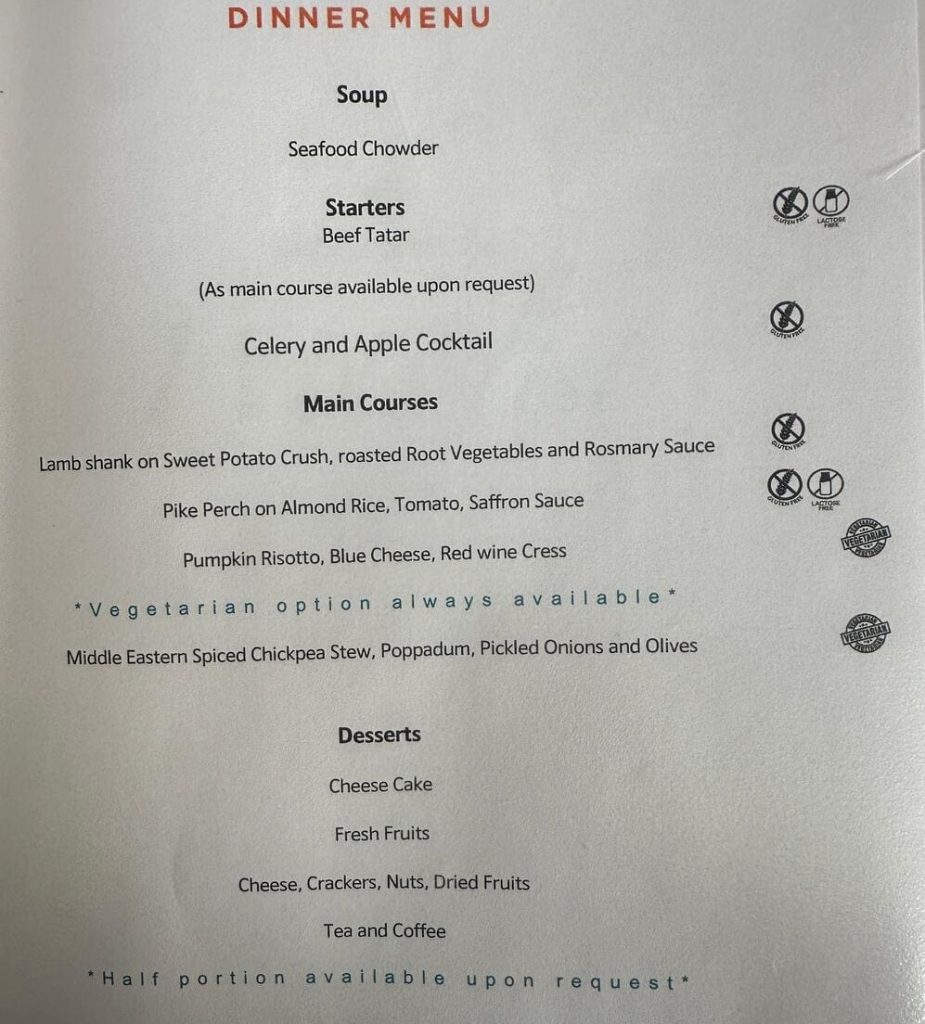
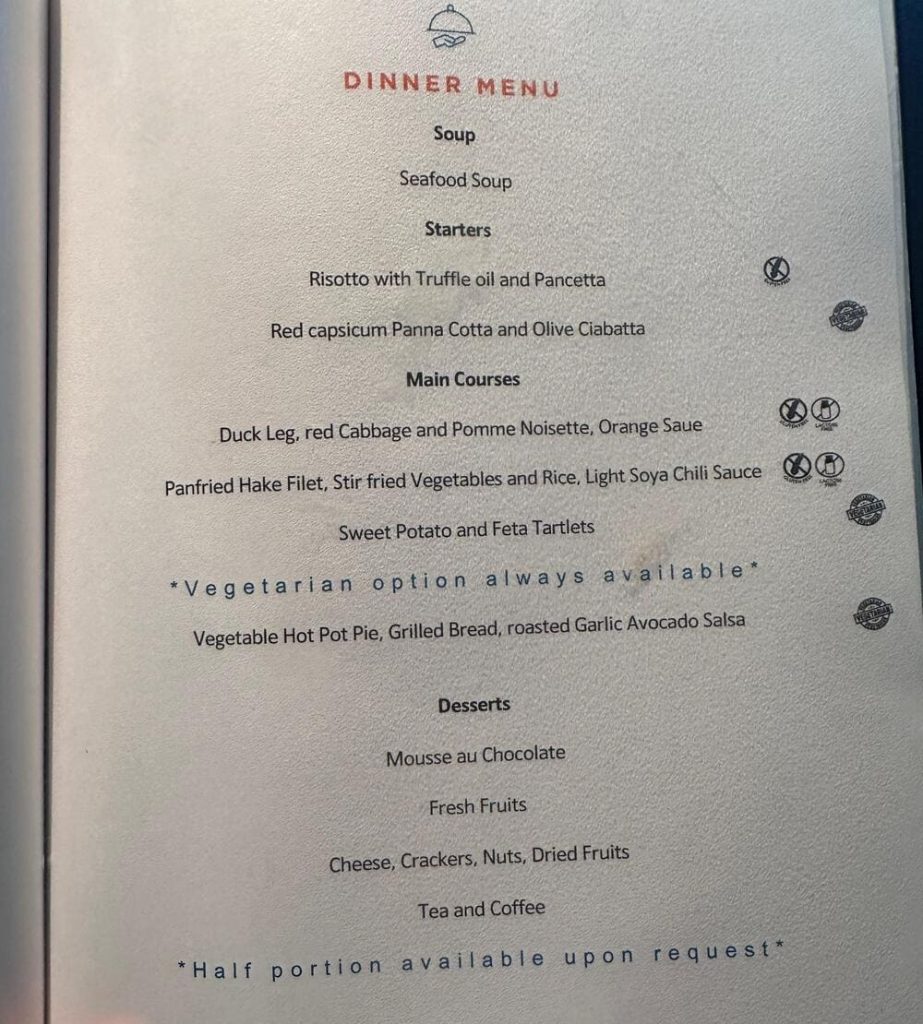
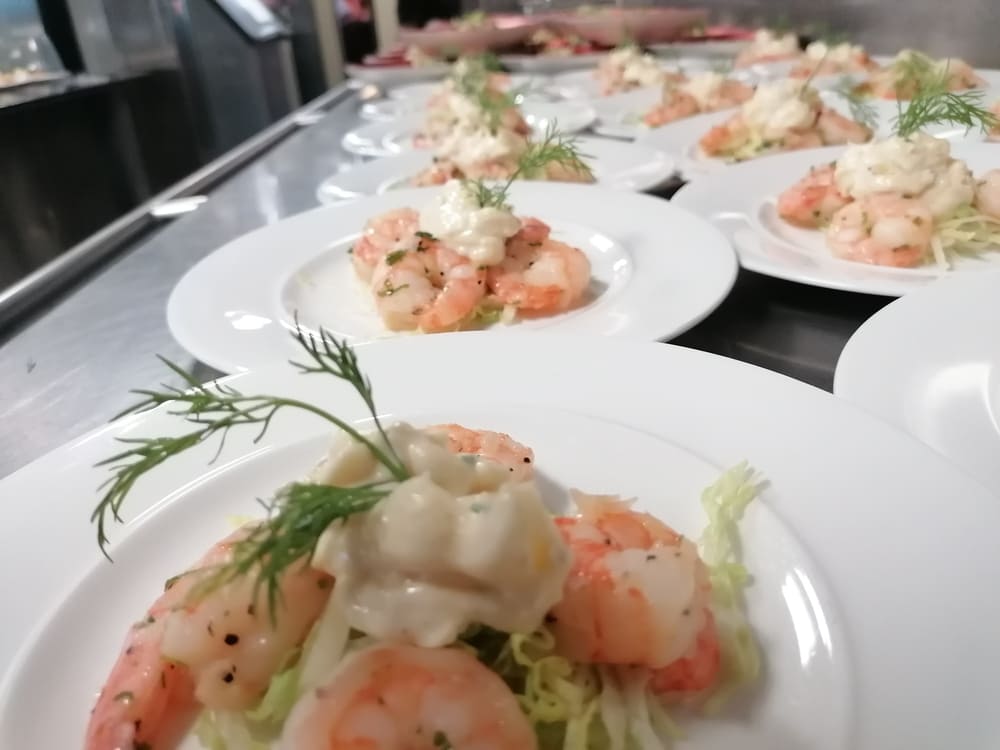
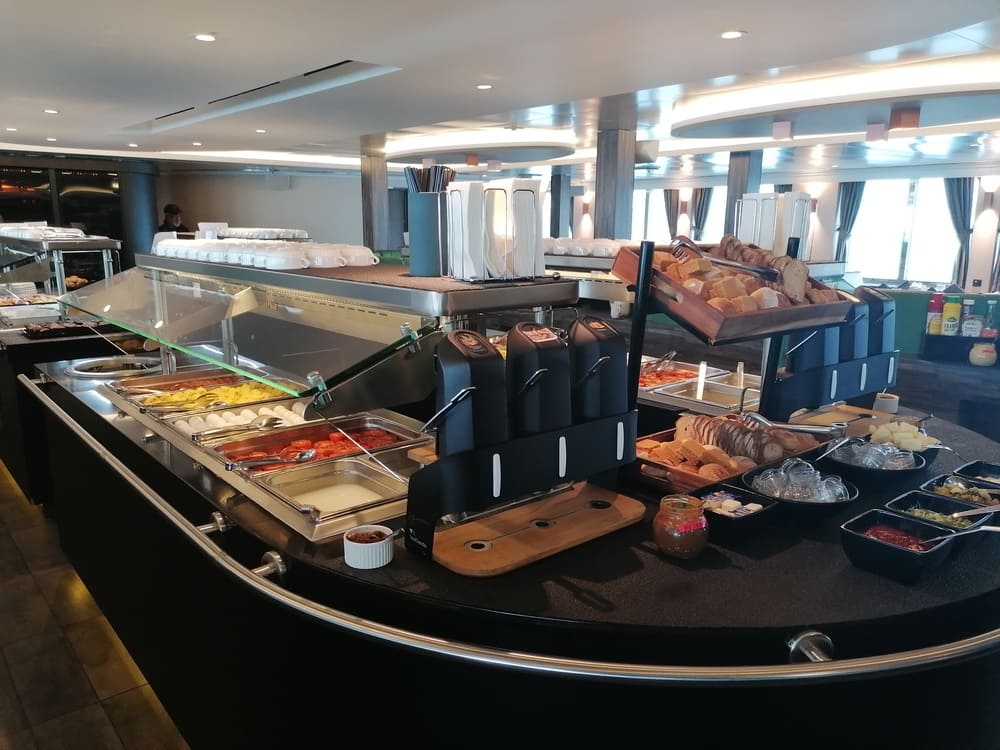
Inside the Galley: Where the Magic Happens
The galley crew – 10 strong, led by the unflappable Chef Ralf – run the ship’s kitchen with military precision and creative flair. Every dish you eat is made fresh onboard, from scratch, often with ingredients carefully rationed to last the full journey and to avoid waste.
Take eggs, for example. We use 420 per day, totalling 20,700 eggs by journey’s end. Flour? 400 kilos. Rice? We go through 60 to 80kg every three days.
We have our own bakery on board, turning out fresh bread and pastries daily – an unsung morale booster, especially during longer stretches at sea.
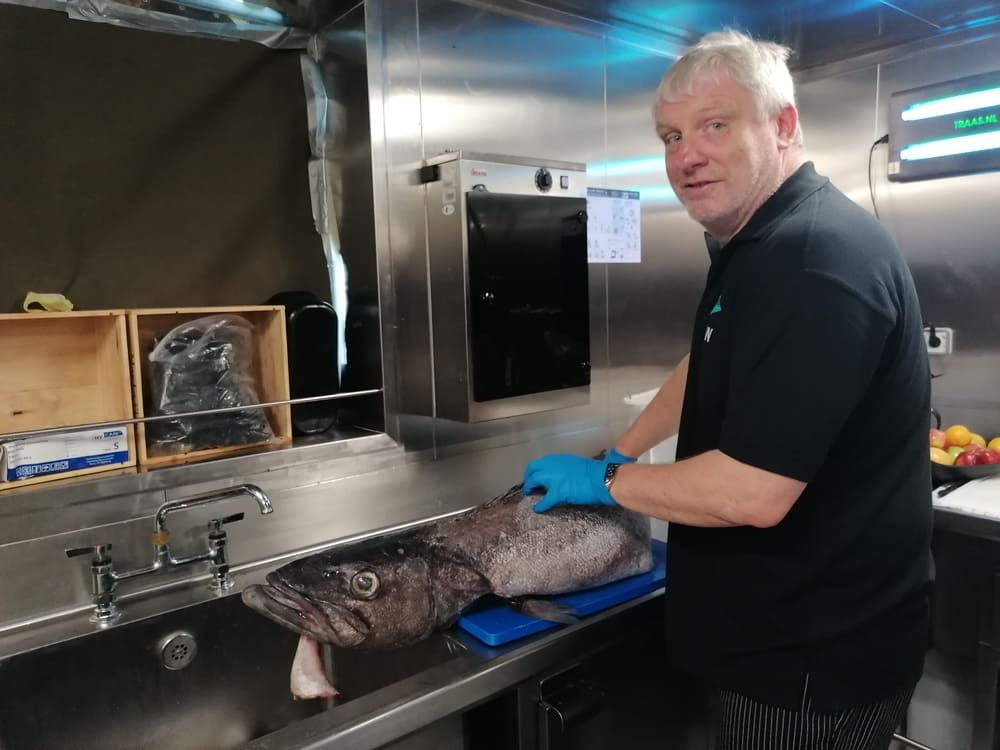
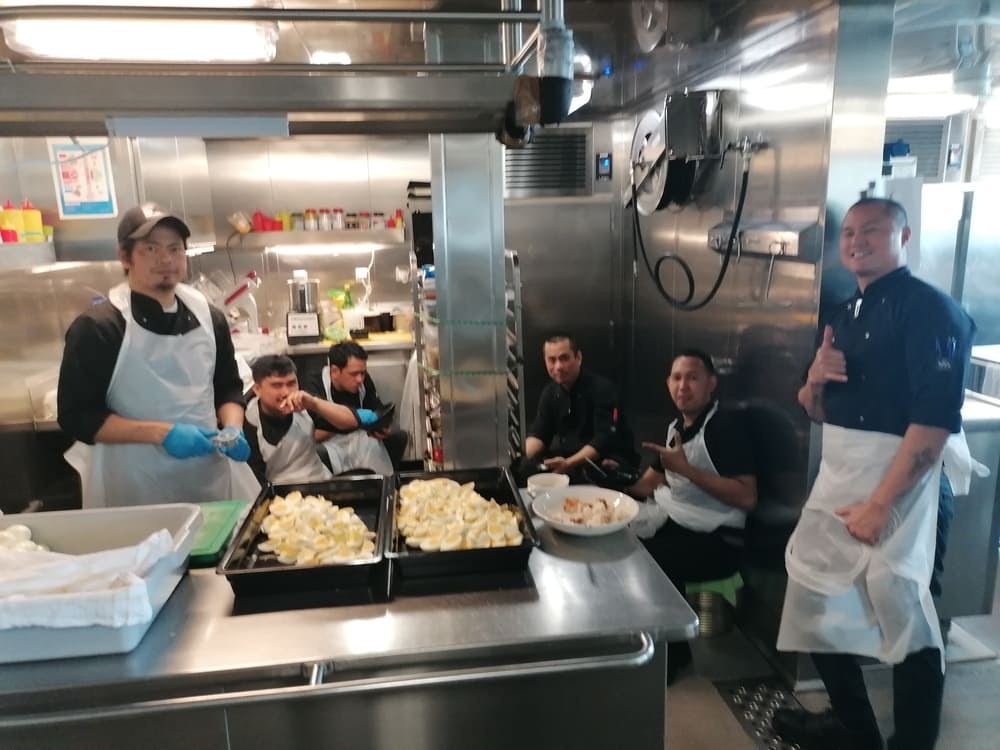
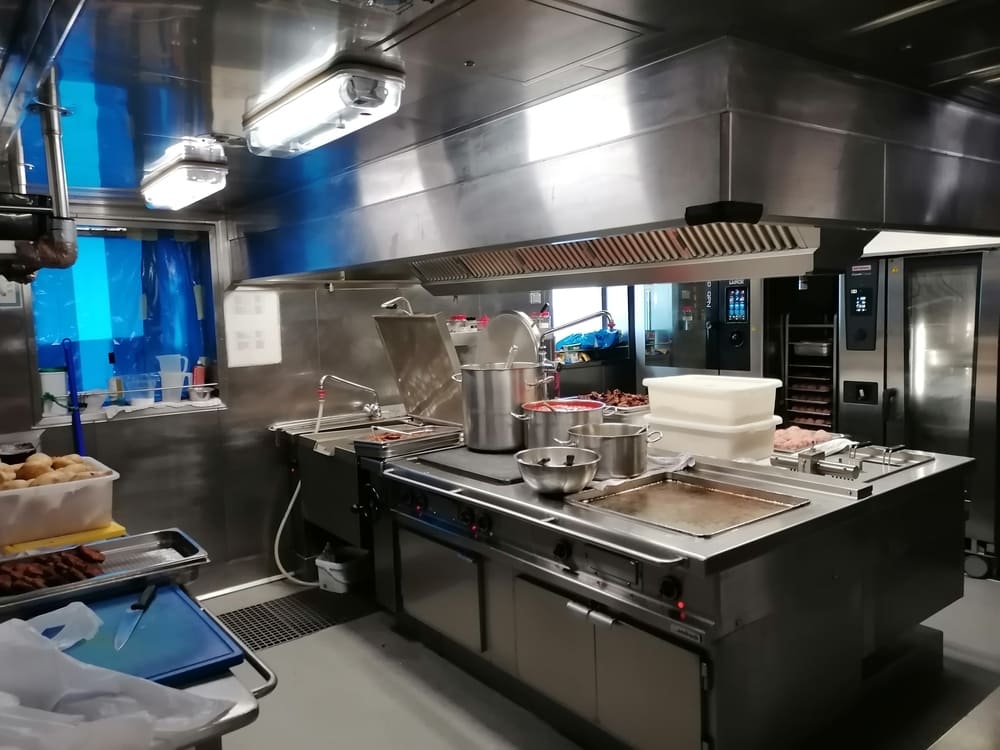
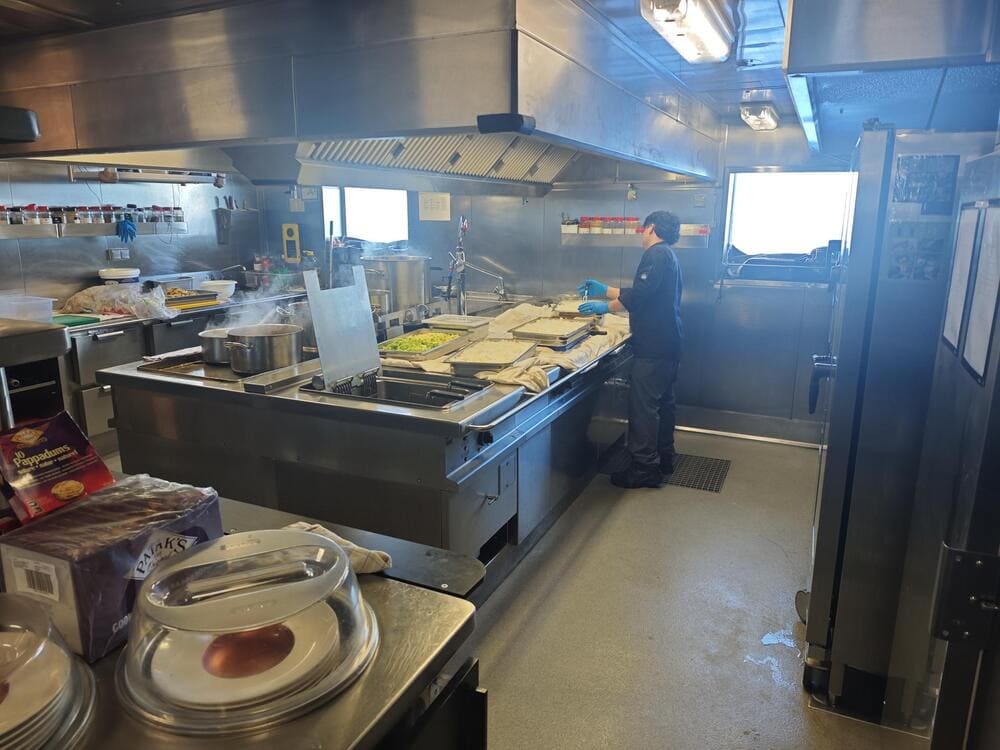

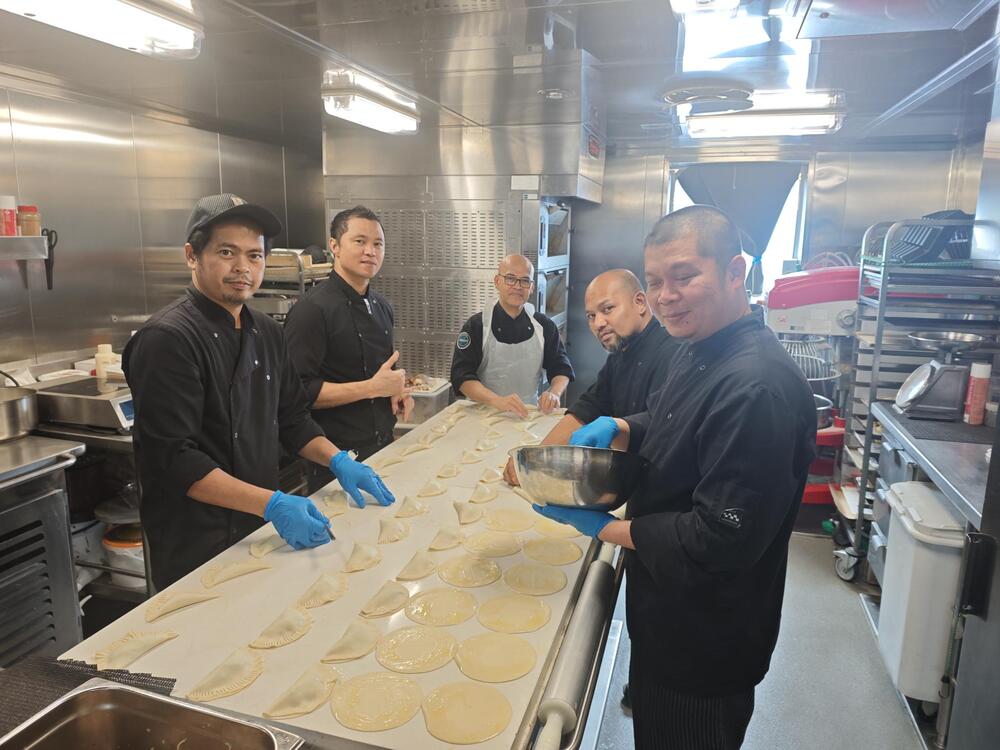
When the Ship Rocks, the Kitchen Rolls
On calm days, meals are plated and served à la carte, with menus planned 3–4 days ahead based on weather forecasts, sailing conditions, activities planned and ingredients availability. But when the sea picks up, everything changes.
Rough weather? That’s buffet time. It’s nearly impossible to cook and plate individual meals when the floor’s tilting, trays are sliding, and your soup wants to leap overboard. Buffets allow us to feed the ship quickly, safely, and deliciously, even in a full-on gale.
Fridges and freezers are fitted with metal bars to keep doors sealed and pots are securely fastened while cooking happens.
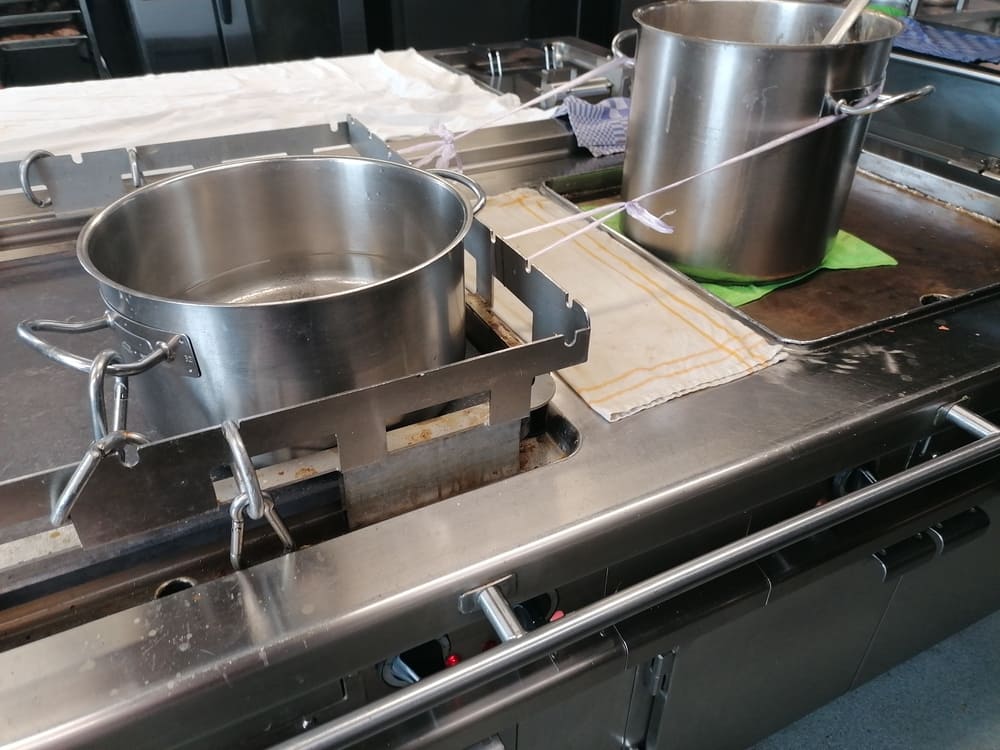
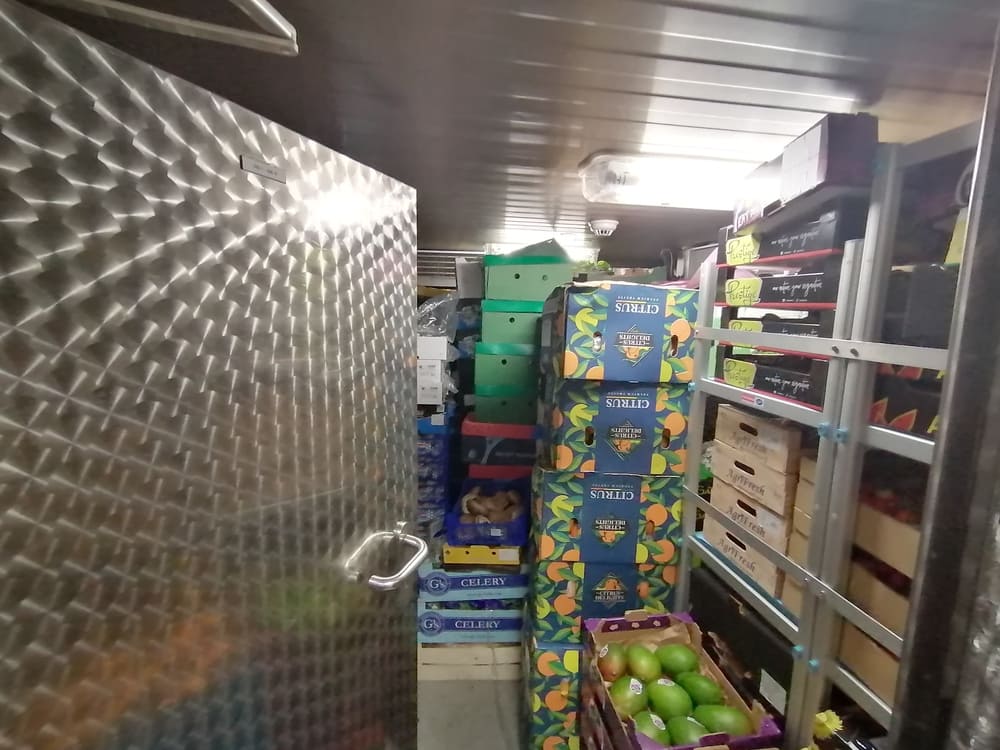
Crew vs. Passenger Meals: Same Ship, Different Plates
While passengers dine in comfort with multi-course meals and a full hour to relax in the dining room, life is a little more fast-paced behind the scenes. The crew eats in their own mess hall, sometimes grabbing meals on the fly between duties. Instant noodles can then be the unofficial fuel of the engine room!
Despite the divide, the quality stays high across the board. Crew meals are hearty, practical, and just as essential to keeping the ship running as any part of the engine.
With 32 nationalities and a ship full of adventurous spirits, dietary variety isn’t a luxury, it’s a necessity. Whether you’re vegetarian, vegan, gluten-free, lactose intolerant, pescatarian, or anything in between, we’ve got you covered. Every need is respected. And if you think the vegan options are just salads, you clearly haven’t looked at our pictures.
Crayfish, Potatoes, and Dumplings: The Unexpected Joys
While the core menu is carefully planned, there’s still room for spontaneity.
When we reached Tristan da Cunha, we pulled off a little maritime diplomacy, trading some suckling pigs (there are no pigs on the island and importing pork is incredibly expensive) for 2,000 kilos of local crayfish. That night’s dinner? A communal seafood feast under the stars.
We also loaded their legendary potatoes, which we later officially delivered to Saint Helena – much to the excitement of Helenians who all knew we were bringing it!
There are other surprises too. As we cruise toward warmer waters, we hold barbecues on deck, and on quieter afternoons, the ship becomes a floating dumpling factory. Our Chinese passengers often lead the charge, teaching others the art of folding and pinching, turning a simple dish into a social event. Dumpling Day is one of those things that just… happens, and becomes a highlight.
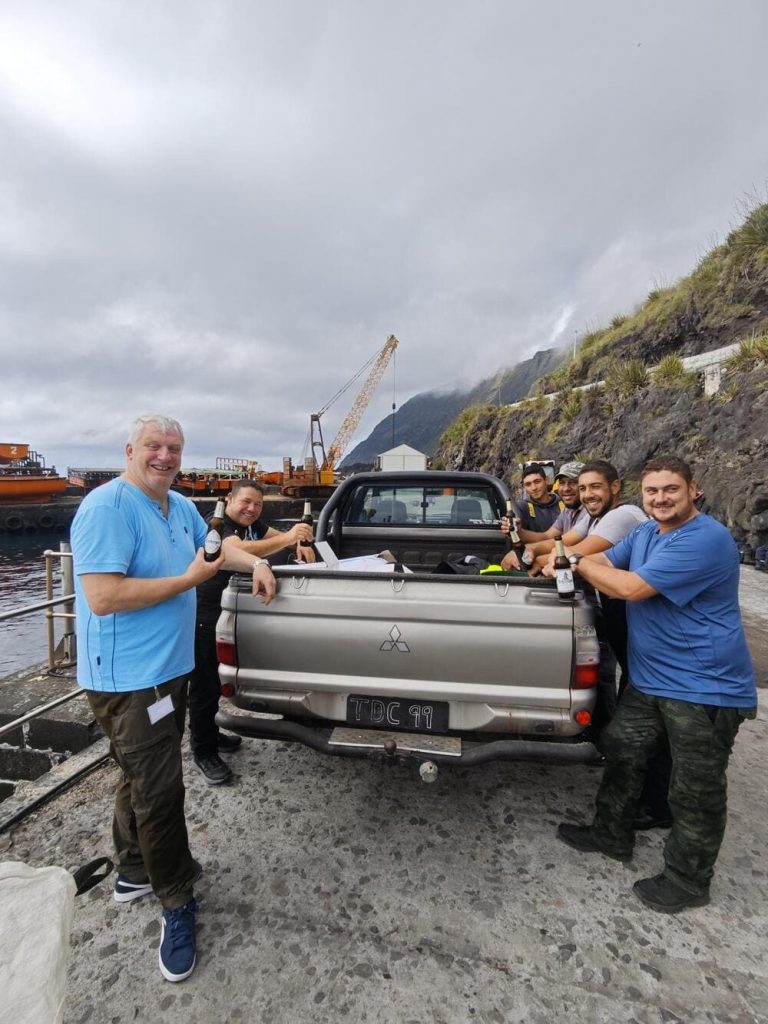
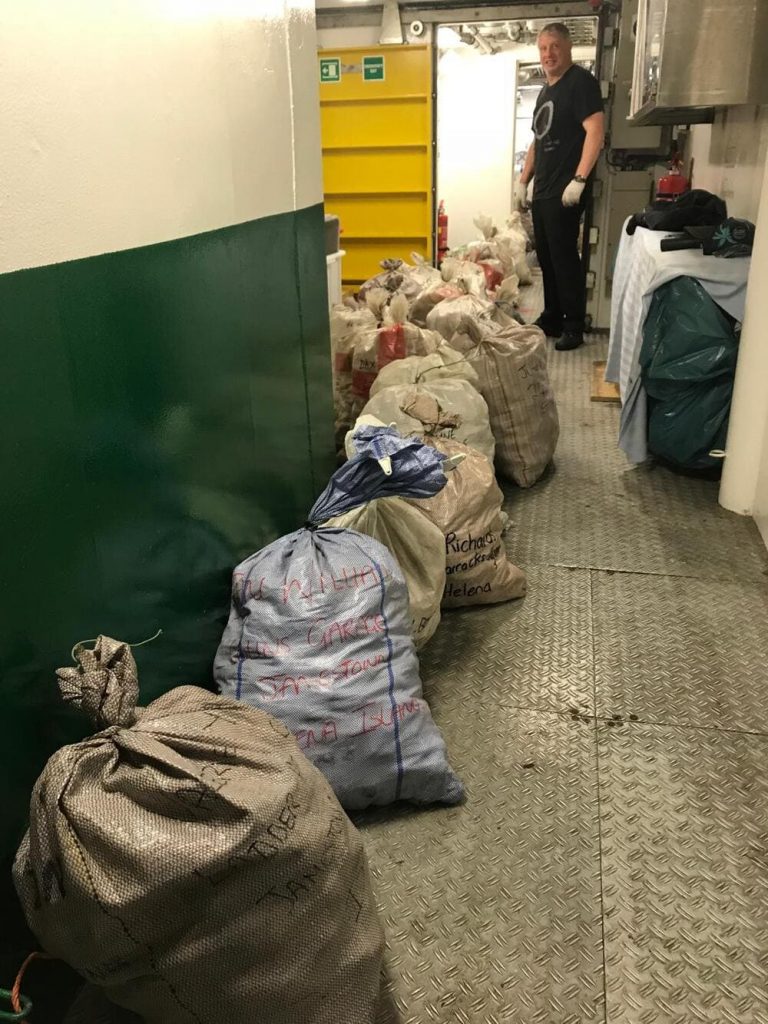

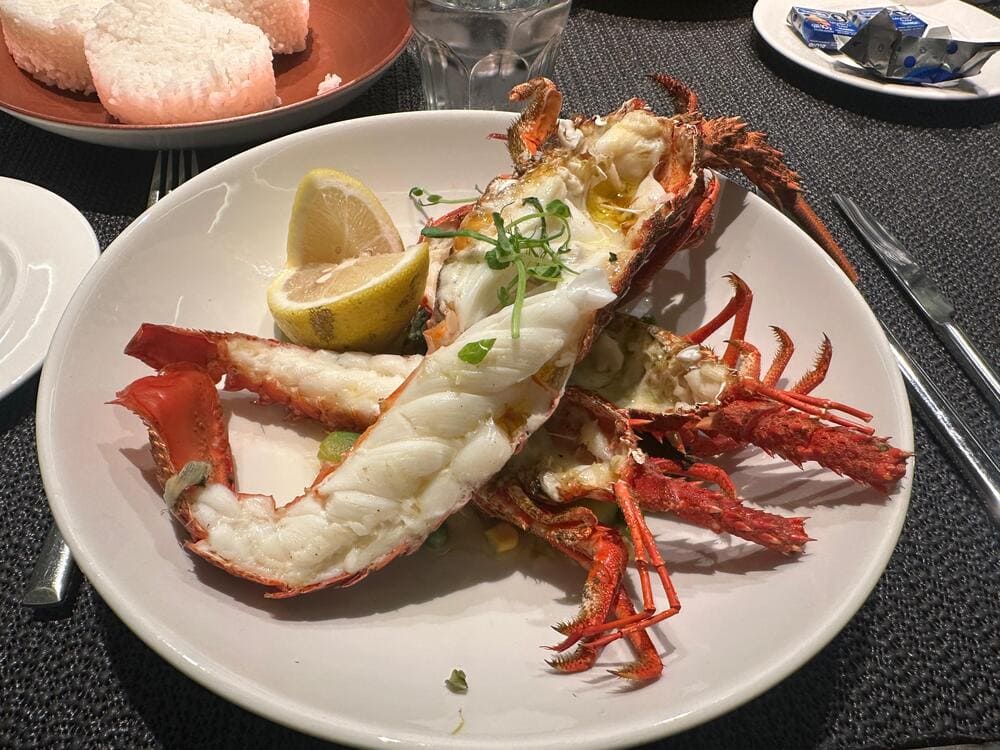
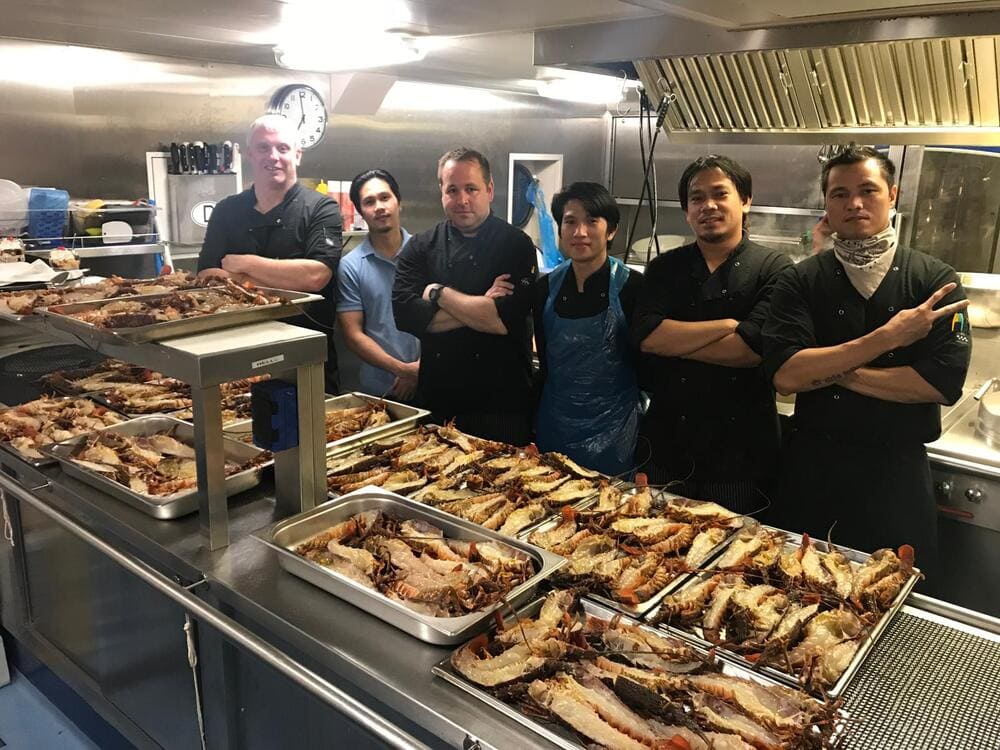
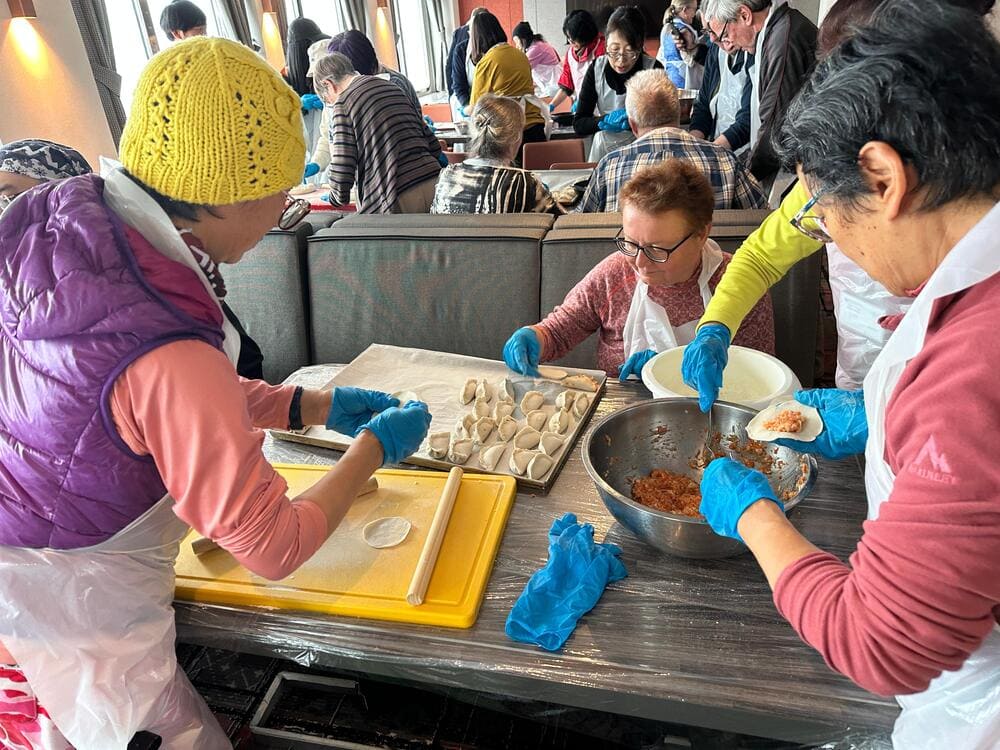
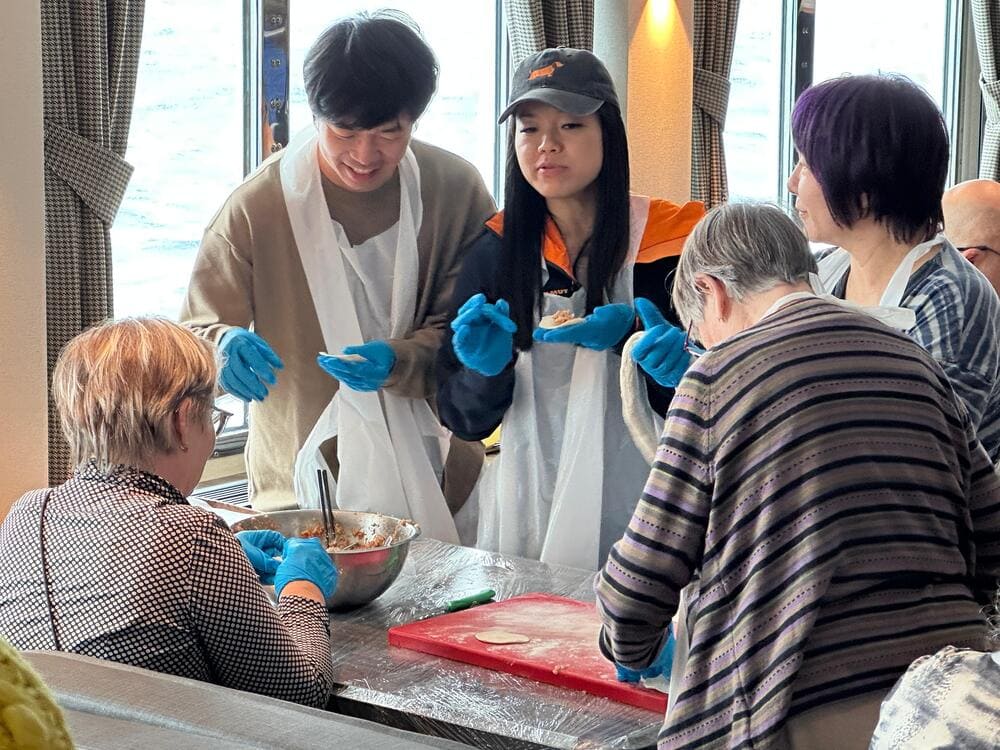

Farewell Bananas, Our Grand South Atlantic Cruise will miss you
What about perishables? We start the trip with 5,000 kilos of fresh produce. By Day 10, the bananas are gone. The tomatoes begin to dwindle. The cabbage? Holding strong. As the voyage progresses, we shift from crisp salads to heartier fare: braised vegetables, grains, and whatever cheese we can still ration out. Speaking of which, we boarded with hundreds of kilos of cheese, and yes, we’re proud of that.
On expeditions like this, nothing goes overboard in regions like Antarctica or the Arctic, where even organic waste is forbidden. All bones, rinds, and inedible scraps are collected and stored until we can offload responsibly.
That means careful meal planning is essential. Not just to feed everyone, but to avoid excess and reduce waste. It’s part of our commitment to low-impact travel, even in the world’s most fragile environments. In total, Chef Ralf estimate the waste on his ship to be less than 10%, two to three times lower than what usually happens on cruise ships. How do we pull it off? Simply by asking passengers, during lunch, what they would like for dinner. That way, only the correct quantities are prepared.
We wrote at the beginning that we have enough food for 60 days, just in case. So what do we do with the rest at the end of our 34 days of cruising? It is simply gifted to food banks, either in Praia (Cape Verde) or in Vlissingen (Netherlands), depending on the products.
Thirsty? No worries. Our onboard osmosis system can generate 60–70 cubic meters of fresh water per day, with average usage sitting around 40. Every tea, coffee, and pasta dish you enjoy is filtered right from the ocean. Clean, safe, and endlessly available.
More than anything, food on the Grand South Atlantic Cruise becomes a kind of rhythm. It anchors the days, marks time, and offers familiarity in the midst of isolation. You might not remember what day it is, but you’ll remember that cake out of the oven on Day 26. Or the barbecue eaten while watching Saint Helena disappear on the horizon. Or the dumpling workshop that turned into a cross-cultural bonding session at sea.
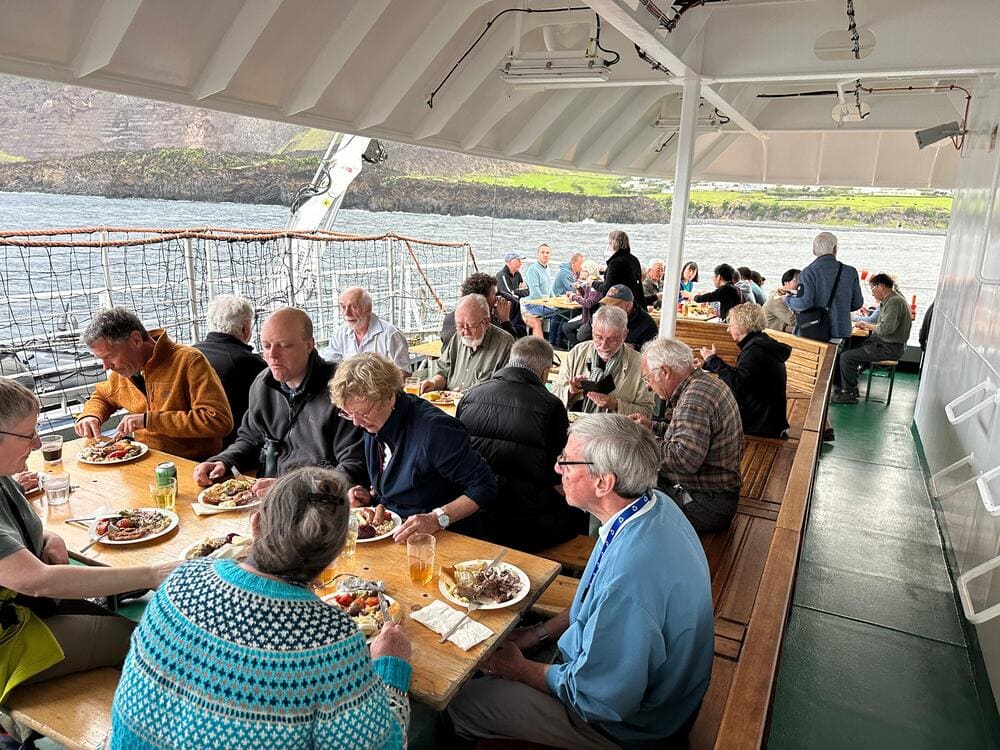
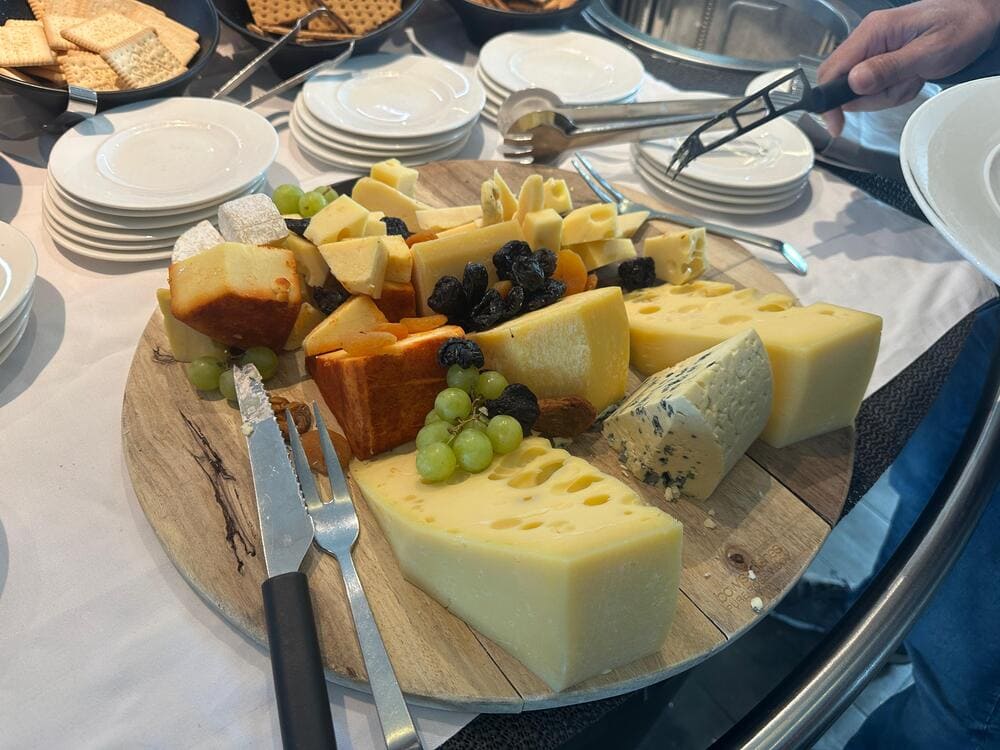
Also, what kitchen would give you the chance of an impromptu visit from a polar bear?
